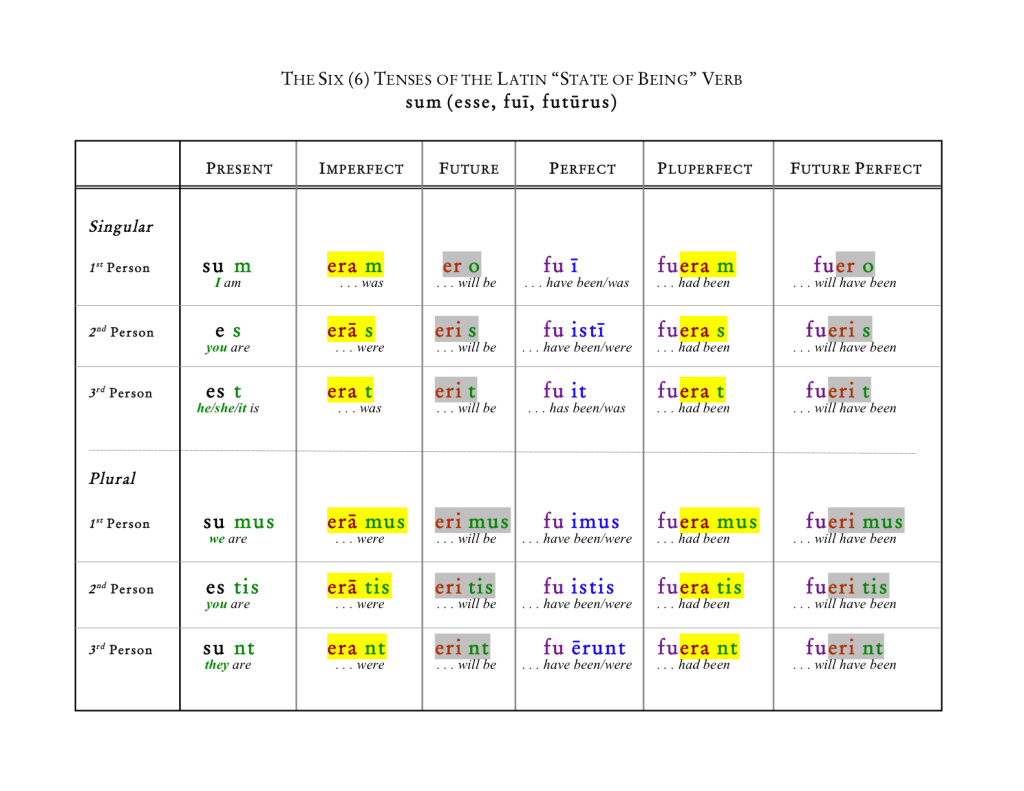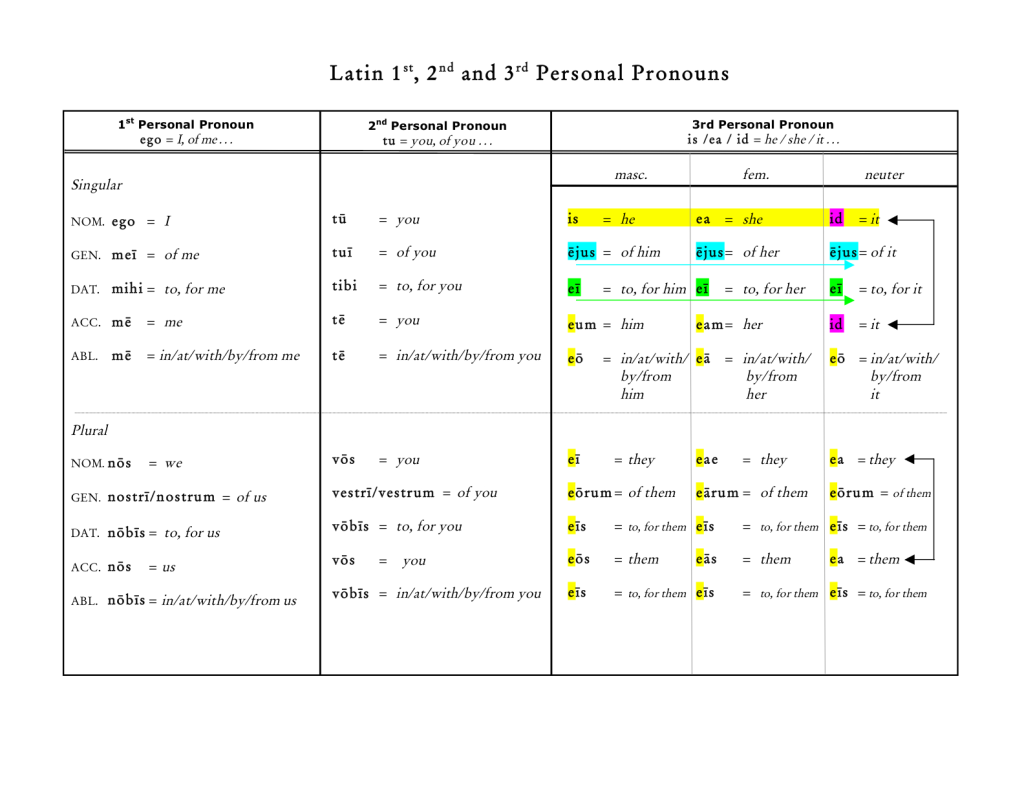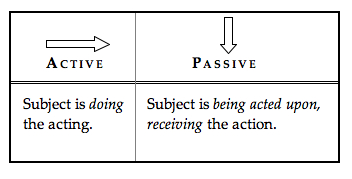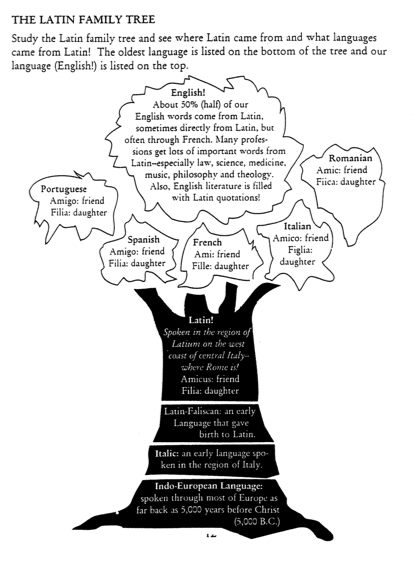The following composition is from one of my 9th grade Latin 1 students. While he was not at “the head of the class” academically, this focused student took a topic that he cares a lot about and created a very worthwhile “Latin IS English” composition that would rival many, if not most, 9th grade level writings. See if you don’t agree. The colored words represent his Latin root definitions that flow into English as “derivatives.” The “grey” words are other words that we, as a class, discovered as having their foundations in Latin. For a PDF of the same, click here, or from one of the three sidebar locations where this post is filed.
WRC: World Rally Championship
As three time rally champion Ken Block stepped into his Subaru Impreza WRX STi, he knew that today’s racing was going to be magnificent (magnus), although he was unaware of how great a challenge this particular course would present. Ken situated himself into the bucket seat of his Impreza, a car that meets all safety laws, and is therefore street legal (lex, legis). The Impreza is what is known as a homologation, that is, a car sold in limited quantities to the public for the sole purpose of qualifying it for the production class of rally racing. The bucket seats in the said car utilize (utilis) a five-point harness, much like what would be seen in a jet, practical for keeping the driver safe and secure during intense racing and the inevitable (in + evito) rollovers associated (socius) with such racing. To those not familiar with rally racing, the Subaru Impreza WRX STi’s name may seem to be random, jumbled letters; a closer look reveals what these designations (de + signum) denote (de + noto). The WRX part of the Impreza’s name (nomen) is based upon its nomenclature as a rally vehicle, WRX being a slight distortion (de + torqueo…tortus) of WRC (World Rally Championship). STi stands for Subaru Technical International, a sort of in-house tuning and racing team run by Subaru.
Anyway, back to the moment at hand. Ken Block started the Impreza, heard the engine sputter as it attempted to fire, and was then rewarded with the blasting, guttural sound of the 307HP, turbocharged boxster engine roaring to life. As the engine settled to an idle, the noise subsided (sub + sido) to a smooth, droning thrum. All around him engines started adding their exhaust (ex + haurio…haustus) note to the clamor (clamor), the noise growing to the point that technicians had to shout to be heard. As his spotter climbed into the passenger seat, Ken knew it was about time to start the race. A spotter sits in the passenger seat and calls out the type of turn that is coming up, and how to best go about it (whether that means executing a heel-and-toe maneuver or any number of other techniques). The spotter also monitors (moneo…monitus) the road, warning the driver of any peril (periculum) that could put him in danger.
Ken was suddenly brought back to reality, he had been preoccupied (occupo) again, but now his attention (teneo…tentus) was seized by the timer, counting down until the race started. He glanced over and scoffed at the Ford Cosworth next to him. Although the driver of the Cosworth did not show any signs of fear, Ken liked to imagine he intimidated (timeo) the driver. On his other side was a Mitsubishi Lancer Evo, slightly more distinguished, nonetheless something of very little concern (cerno). He smiled as he grabbed hold of the shifter, confident (cum + fido) in both his driving prowess and the car he had the honor of driving. The seconds counted down, and Ken tuned out the other engines humming and revving around him. When the timer hit zero, he accelerated (celer) the vehicle, swiftly working his way through the gears. As Ken secured a comfortable third place position, he noticed amusedly that he was sending a spray of gravel onto the hood of the god-awful Cosworth behind him.
As with most rallies, this one started off on an earthen road covered with gravel, but would quickly progress into multiple types of terrain (terra). Ken’s spotter called out an upcoming turn, vocalizing (voco) what Ken was already preparing for in his mind. It was a long, sweeping left turn that was difficult to carry speed through, that is while going straight. Ken counted his heart beats as he approached the turn, seemingly in slow motion. Then, with refined skill, he quickly goosed the brake pedal, downshifted into fourth gear, and smashed the gas pedal into the floor. This pitched the car sideways, allowing Ken to position (pono…positus) the car in such a way that all he had to do was keep the engine redlining and the front tires counter (contra)-steering heavily to carry the most possible speed through the turn. The engine gurgled in protest to the complicated (cum + plico) maneuver, threatening to bog down from the improper balance of its fuel to air ratio. Just when it seemed it would stall, the reassuring whistle of the turbocharger spooling up, followed by the considerably more reassuring rush of the turbo (turbo) roaring to life, brought the engine back to a safe RPM, enabling Ken to complete (compleo…completus) the run with an over-confident application (ab + plico) of the throttle upon exiting the turn. He noted with a smirk that, so well executed was his pendulum (pendulum) turn he was now able to make the Citroen in front of him give away its second place position. As the comical-looking, European car receded (cedo…cedere) behind him, Ken set his sights on the last car he would need to overtake: a Mitsubishi Lancer Evo. Ken could barely see the Lancer, but it was just visible (video…visi) disappearing around corners ahead of him. The Lancer in front of him, recklessly flying into turns and taking the chicanes dangerously fast, was attempting desperately (de + spero) to guard the gap between itself and Ken. Ken knew with some careful driving the Lancer would not be able to preserve (servo) its lead, for they were approaching a section of the track primarily composed (cum + pono…positus) of mud; a section where the Impreza’s superior (supero), triple differential all wheel drive system would easily surpass the Lancer’s. Ken was thrown against his harness as his car quickly decelerated in the mud. A quick downshift got the car moving along at a decent clip, although the engine chugged apprehensively ( ab + prehendo…prehensus) under the toil of spinning all four tires in the thick mud. Ken realized how much heat such a laborious (laboro) task would generate (genero . . . generatus), but the engine was intercooled, and would hold out at least till the end of the race. Glancing ahead, Ken noticed the Lancer’s driver had, most likely out of desperation, gone down to second gear-maybe even first-and as a consequence (cum + sequor), was doing nothing but spinning his tires in the thick mire. Ken knew this was quite possibly the only chance he would get to gain the lead, so he got on the throttle and let the boxer engine sing its song. The Lancer drew nearer as the taste of victory grew sweeter in Ken’s mouth. He would pass him any second.
Well, sorry about the brevity (brevis) of this paper, but I had to cut it short. You see, with that last word, I am now at twenty Latin derivatives (de + rivo), and it just so happens to be 9:30 at night. Want to know the rest of the story? That, my friend, is a job for the SPEED channel.
Interested in taking a “live, interactive” online Latin class? Take the POLL here!











